Chester Carlson’s first xerographic apparatus
From 1939 to 1944 Chester Carlson visited several companies to show his first xerographic apparatus. This was some sort of prototype, and it was not possible to produce a copy with the machine. He was turned down by more than twenty companies, and even the National Council dismissed his work.
Finally, in 1944, Battelle Memorial Institute, a non-profit research organization, became nterested, signed a royalty-sharing contract with Carlson, and began to develop the process.
And in 1947, Battelle entered into an agreement with a small photo-paper company called Haloid (later to be known as Xerox), giving Haloid the right to develop a xerographic machine.
This is Chester’s first xerographic apparatus (images below). It never worked well, but researchers at Battelle Memorial Institute and Haloid Company later applied the resources needed to turn the basic discovery into functional, and ultimately profitable, machines.

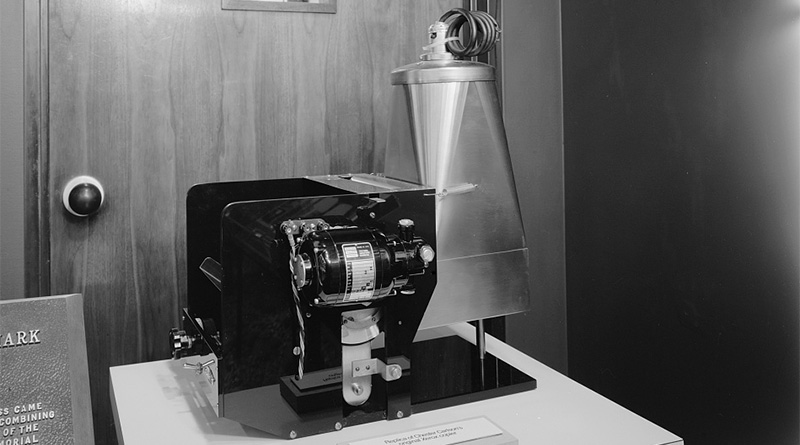
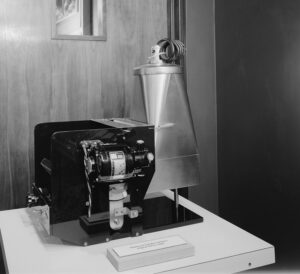
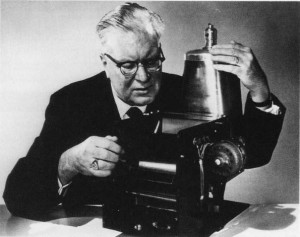

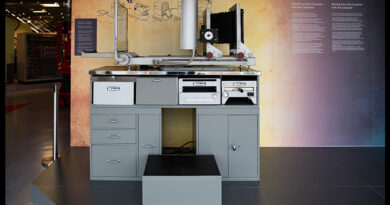
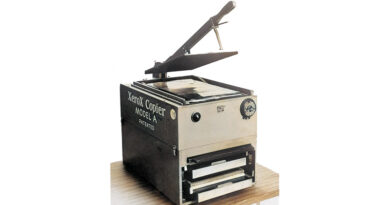
Wow! Turned down by 20+ companies with no vision. Good on him for his persistence.